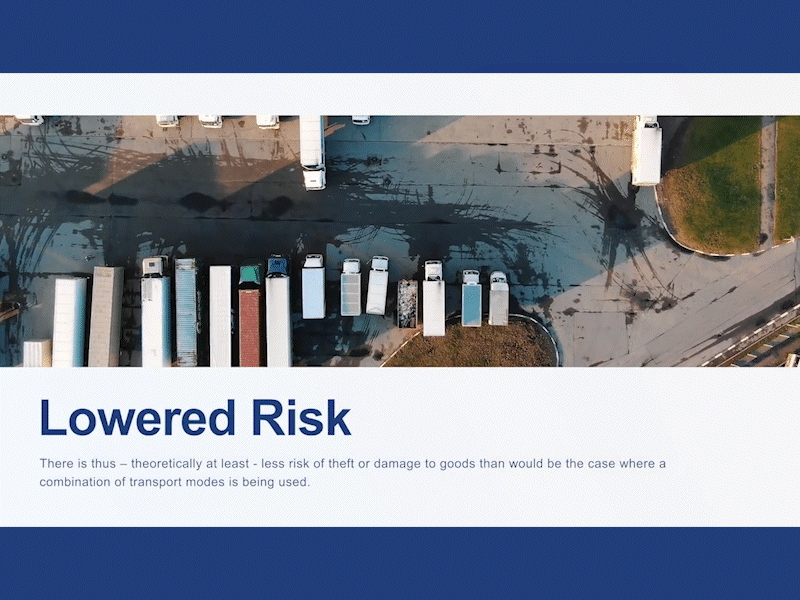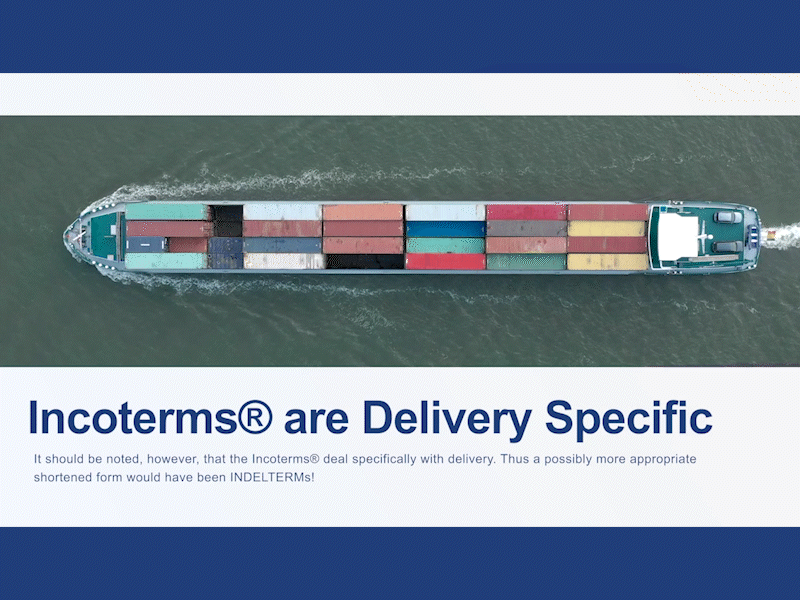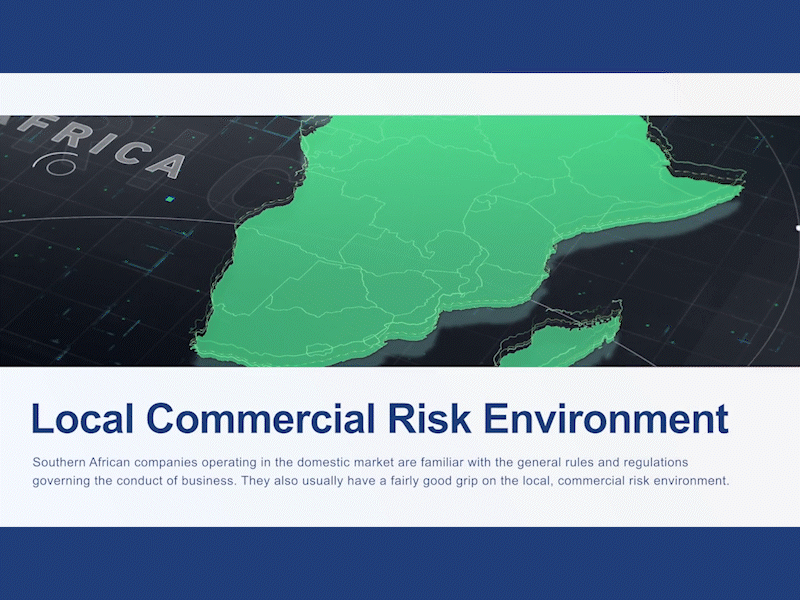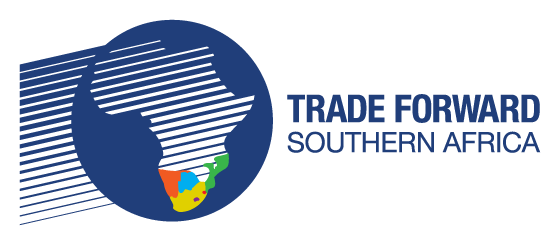Company A is in the process of researching potential market entry strategies for the international environment, as these will form an integral part of its export marketing plan. The marketing team realises the importance of this activity, as each potential market has unique threats and opportunities that need to be carefully considered. From the PEST Analysis they performed, they are also aware of the extent of the potential challenges that apply to each international market under consideration. For Company A, it all starts with identifying the most appropriate market entry strategy for each of their targeted markets.
Types of International Environment Market Entry Strategies
Indirect Exporting takes place when a company sells its products to a trading house or distributor based in its local market, which then on-sells the products to a customer in a foreign market. This option requires little, if any, additional investment and no export knowledge and is thus the least risky. It is usually considered a safe option for companies starting out in exports.
Direct Exporting is when a company establishes an export business unit in its home country and sells either directly to foreign customers or via a foreign market-based sales agent. Direct exporting requires the company to take full responsibility for the complete export process. The option is very ‘hands-on’ which means the company will acquire both export expertise and experience, which is ideal for future growth. Many companies who start off with indirect exporting move towards direct exporting over time.

Joint Venturing is when the company concludes a joint venture agreement with a foreign national. Under a strict licensing arrangement, one organisation permits another to use its manufacturing process, trademarks, copyright and technical expertise in exchange for a fee or royalty. There are many versions of this, with franchising being one of the most common.
Foreign Direct Investment, also known as FDI, is by far the most ambitious option and is only considered by companies with significant financial resources, and a good understanding of the international environment. This option entails a local company investing in its own business expansion, e.g. in a foreign-based sales office, assembly or manufacturing plant. An example of foreign direct investment would be a telecommunications company setting up infrastructure in a foreign country in order to supply telecommunication services to that country’s population at large.

In this article, we touched on the international environment and the potential market entry strategies available. To help you devise your export marketing plan, Trade Forward Southern Africa, in collaboration with the International Trade Institute of Southern Africa (ITRISA), has created a comprehensive online training course that provides invaluable international marketing training to all those contemplating expansion into foreign markets. Click the links below to sign up for free and get started.
To sign up to the School of Export CLICK HERE.
If you already have a profile, CLICK HERE to login to begin the module.










Leave a Reply